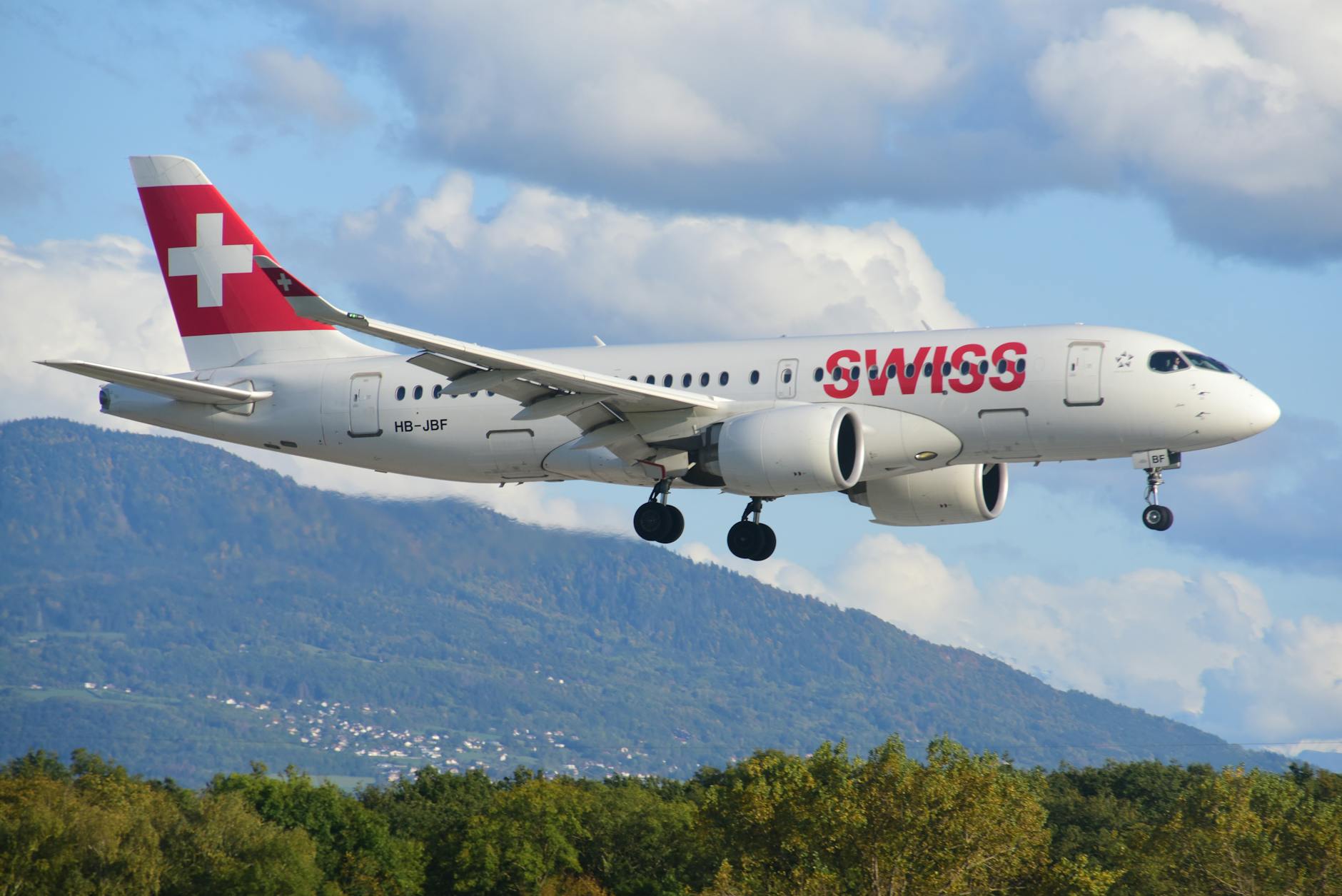In a truly electrifying financial revelation, one of the world’s leading aerospace manufacturers has unveiled a complex picture of its recent fiscal performance. Industry watchers and investors alike are buzzing after the company disclosed a significant turnaround in its operational cash flow, marking a pivotal moment after a prolonged period of expenditure exceeding income. However, this positive momentum arrives hand-in-hand with a colossal financial provision tied to delays in a highly anticipated next-generation aircraft program, signaling continued hurdles in its ambitious development schedule.
Turning the Financial Tide: A Glimmer of Stability for Aerospace Giants
For the first time in an extended period, the aerospace behemoth has reported a notable reversal in its cash position, indicating that the inflow of funds from its operations now surpasses its outbound spending. This critical financial indicator is a beacon of improved operational efficiency and a healthier liquidity stance. After navigating through significant headwinds, including global supply chain disruptions and production ramp-ups, this milestone suggests a potential stabilization and a stronger foundation for future growth. It’s a testament to strategic adjustments and diligent management focused on enhancing profitability and financial resilience.
The Multi-Billion Dollar Ripple: Unpacking the 777X Program’s Costly Delays
Amidst the positive cash flow news, a substantial financial charge of nearly five billion dollars has cast a long shadow, specifically attributed to the ongoing challenges with the development and certification of its new wide-body passenger jet. This colossal provision underscores the complex and capital-intensive nature of bringing cutting-edge aircraft to market. Such delays often stem from intricate engineering hurdles, stringent regulatory approval processes, and the necessity for rigorous testing. The financial impact of these setbacks includes increased development costs, potential penalties for deferred deliveries, and the opportunity cost of not having the aircraft in service, highlighting the immense pressures faced in pioneering aerospace innovation.
This dual revelation presents a compelling narrative of a company in transition: demonstrating remarkable progress in core financial health while simultaneously grappling with the inherent complexities and significant investments required for groundbreaking aerospace programs. The path ahead will likely involve continued focus on both operational excellence and meticulous program management to navigate these intricate challenges.

Leave a Reply